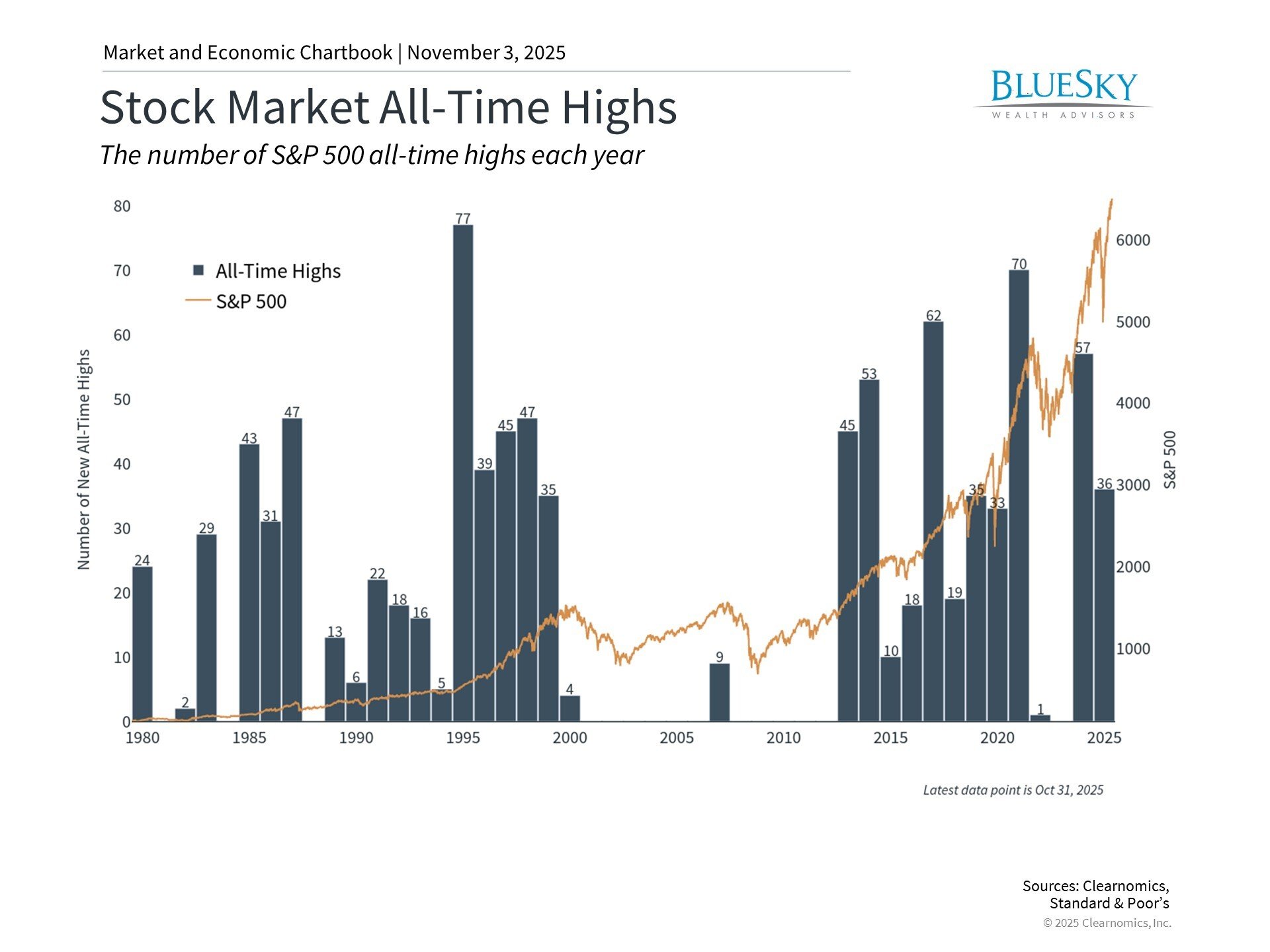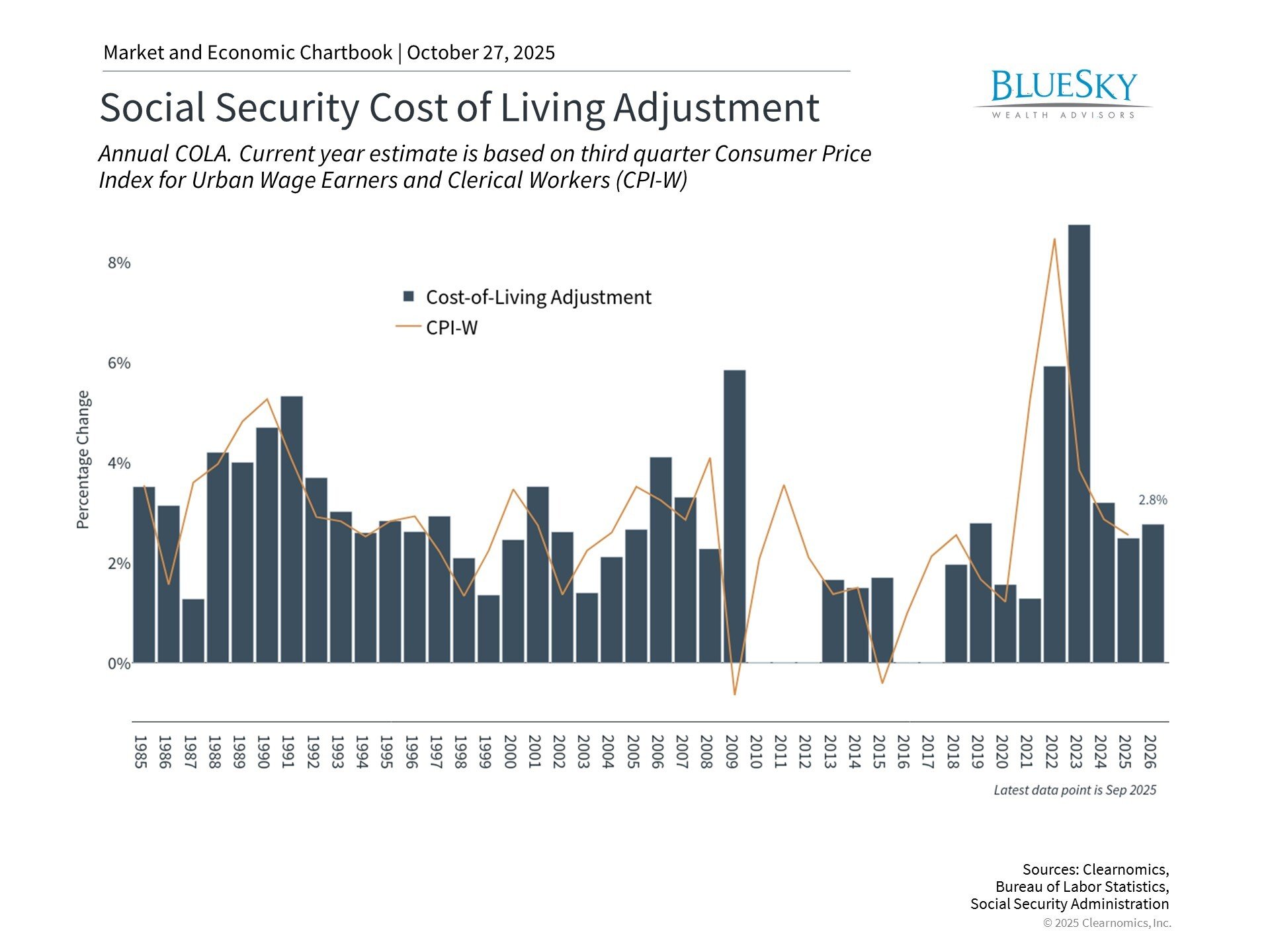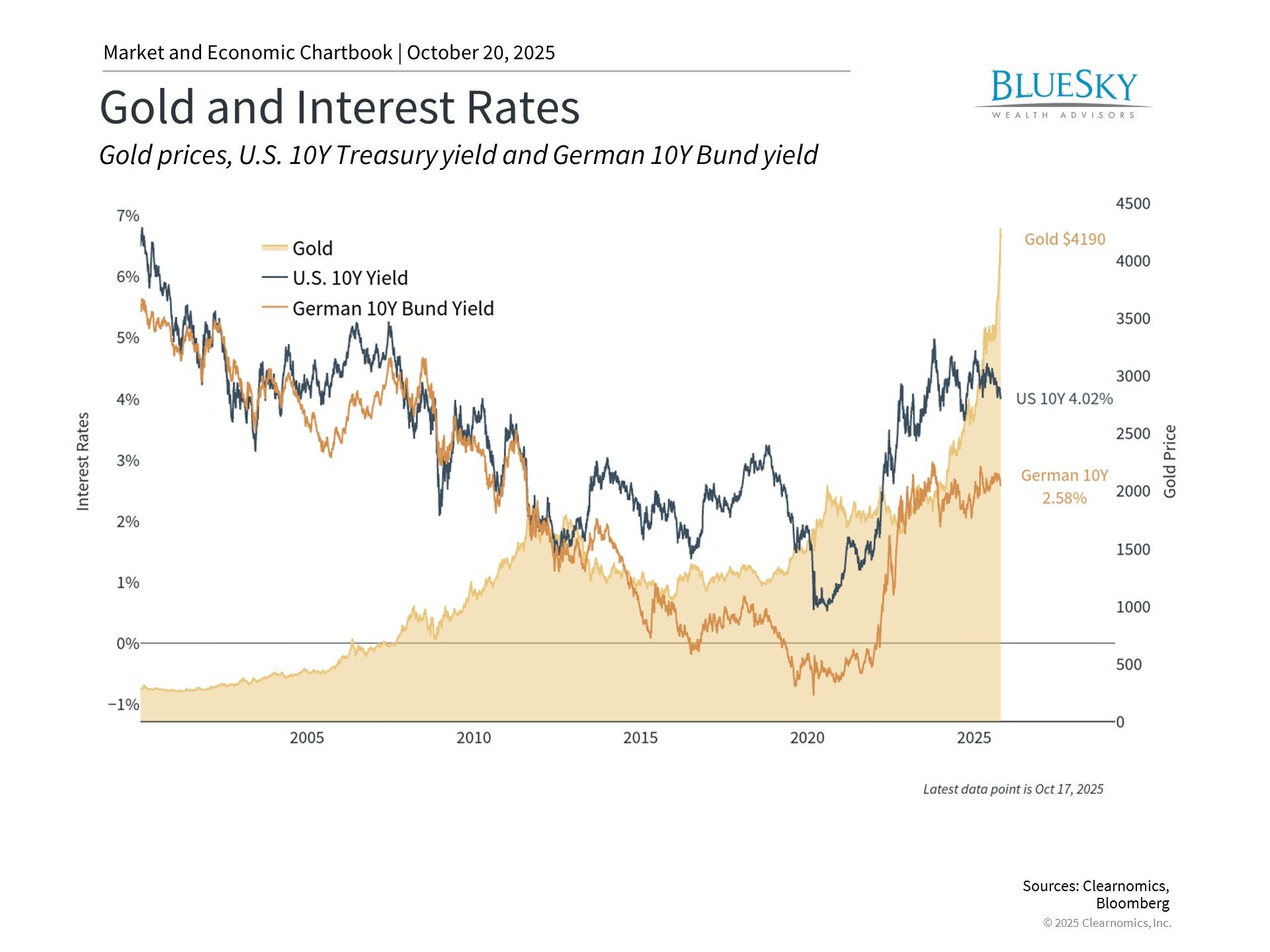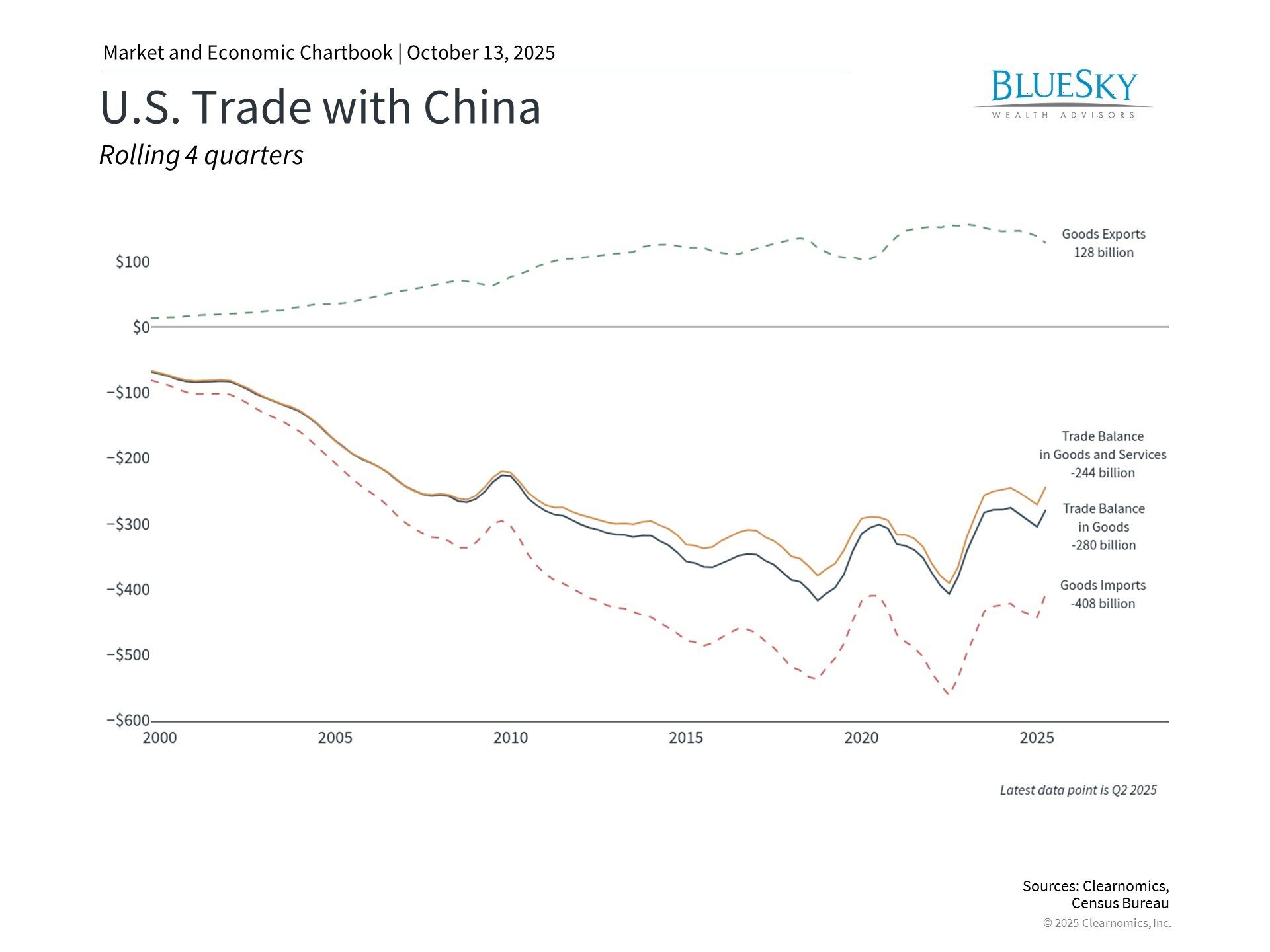
HOW MUCH DO YOU PAY YOUR ADVISOR?
HOW MUCH DO YOU PAY YOUR ADVISOR?

BlueSky Wealth Advisors CEO, David Blain, CFA explains the confusing world of Wall Street fees.
I read, with dismay, an article in the Wall Street Journal the other day that described a journalist’s frustrating odyssey to figure out how much she was paying in total investment costs to her advisor. Without recreating the entire story (you can read it here), suffice to say she couldn’t figure it out on her own and when she called the advisory firm, she got three or four answers from various people at the firm, the first being that her fee was only $150 per year. Her own “personal” advisor got it wrong the first time. They even told her to go to a third-party website to look up the expense ratio of the funds herself…Not the experience you should expect or deserve from an advisory firm in 2017.
It made me recall one of my own early investing experiences. Back in the early 1990s when I was a young Lieutenant in the US Army, investment fees were not only opaque but they were in some instances egregious. One time I was invited to a seminar/dinner by a company who purported to specialize in serving the financial needs of the military. Their solution to my financial future was to lock me into a 15-year systematic investment plan that charged a mind boggling 50% commission the first year and then up to a 5.7% load on each investment thereafter. These costs were not obvious from the sales pitch, but you had to dig through hundreds of pages of disclosures to figure it out. Fortunately, I passed on their “can’t lose” offer.
I’ll leave the specific company and plan name anonymous since the company changed its name and, thanks to The Military Personnel Financial Services Protection Act, these plans are now against the law for new participants; but since legacy clients still remain in the plan here are some selected excerpts from the company’s website:
Systematic investment plans are long term investments and you may incur a loss if you terminate or withdraw in the early years of your plan because all, or a major portion of the creation and sales charges, are deducted from your first twelve investments. Maximum Creation and Sales Charges: 50% of the first twelve scheduled investments in the Plan, and as much as 5.7% on each subsequent investment thereafter, and a Custodian Fee of up to $1.50 per investment. Actual fees and charges will vary by Plan and investment amount.
If all payments in a 15-year Plan (180 monthly investments) are made assuming a Plan with the smallest monthly investment amount of $50 a month ($9,000 Face Amount), XYZ Plan Creation and Sales Charges will amount to 3.33% of total Plan investments.
Total returns include change in share price and reinvestment of dividends and capital gains. The fund’s returns except as noted do not include the effect of the separate Creation and Sales Charges and Fees assessed through the XYZ Plans. Had the effect of these charges and fees been included, returns would have been lower. Investors should consult each Plan’s Prospectus for more complete information on the impact of charges and fees applicable to each Plan.
That’s a lot of commissions; plus the underlying expense ratio today is still a non-trivial 0.59%. Without even including the sales charges and loads, the fund lags its benchmark, the S&P 500, year in and year out, sometimes by wide margins. All in all, a bad plan.
Little did I know at the time but this systematic investment plan wasn’t the only awful product out there. Big Wall Street firms and their army of brokers have plenty of other products and methods to deceive, obfuscate, or outright misinform clients on the fees that they are paying.
Eventually the journalist in the story learned she was not paying $150 a year, but rather a combined fee of 1.4%. Although it’s not covered in the article, I want to know what exactly she received for her 1.4%; and were they the same services as someone with a much larger or smaller portfolio? This is a very important question. It’s this whole confusion surrounding fees that lead us here at BlueSky to become not only a 100% fee-only fiduciary from the first day of our founding, but a pioneer in the way that advisory fees are charged; what we call the BlueSky FlatFee℠.
The Bluesky FlatFee℠ is a simple quarterly fee that is based on the complexity of a client’s financial planning needs and the general level of assets in their portfolio. The cost doesn’t change from quarter to quarter unless the client’s situation either increases noticeably in complexity or becomes simpler. At that point, the fee is updated through an open and transparent process.
For the underlying investments in our BlueSky Portfolios we utilize low cost Vanguard, Schwab and Dimensional Fund Advisors (DFA) ETFs and mutual funds, with zero or very modest custodial trade charges. The result is a portfolio expense ratio around 0.15% and negligible portfolio trading fees.
Many investment advisors, such as the one discussed in the Wall street Journal article, have now switched to charging a % of assets fee. While it’s much better than the alternative of commissions and sales loads, it has its own issues. Our feeling is that unless you are paying a pure money manager who doesn’t attempt to add value through anything other than beating the market (which isn’t likely anyway), it’s not the best way to pay for advisory services. While the level of managed assets can have an impact on an advisory firm’s fee, it shouldn’t be the sole determinant.
For example, take two clients:
Client A is 80 years old, and lives in a nursing home. She has a $2,000,000 portfolio but unfortunately has developed Alzheimer’s. She can’t meet with her advisor or really do anything since she’s been ruled officially incompetent.
Contrast that to Client B, a mid-forties couple, both of whom work as software engineers for a big high tech company. They also have a $2,000,000 portfolio. Additionally, they make about $500,000 a year so they need a lot of tax planning, they need a plan for their children to go to college, they have complex equity compensation plans at work, and are looking to move and rent out their current residence among other things. Very typical of the ongoing needs of young professional couples we work with.
I realize this is a hyperbolic example, but assuming a 1% asset under management fee, both clients would pay $20,000 per year in advisory fees. In addition to the portfolio management, if financial planning and holistic advisory services are part of the package, there is no way these two clients should pay the same fee. One is probably being overcharged and the other quite possibly undercharged.
A good advisory firm isn’t necessarily cheap, but at least demand the fee you pay for advice be easy to understand and not require multiple phone calls and reams of documents to figure out.





